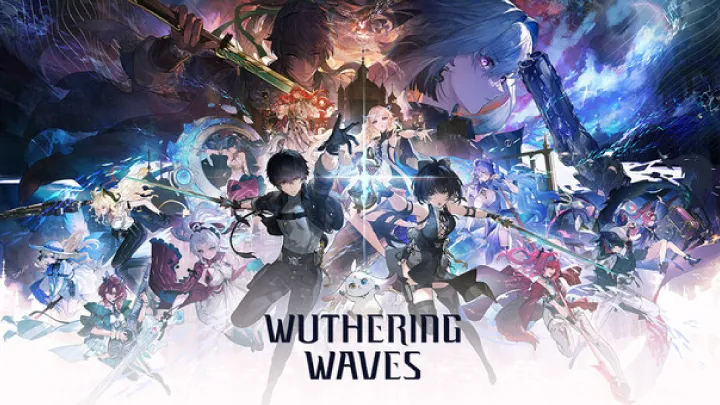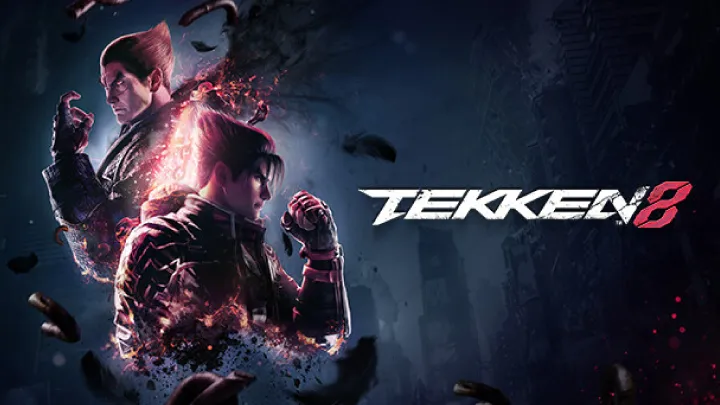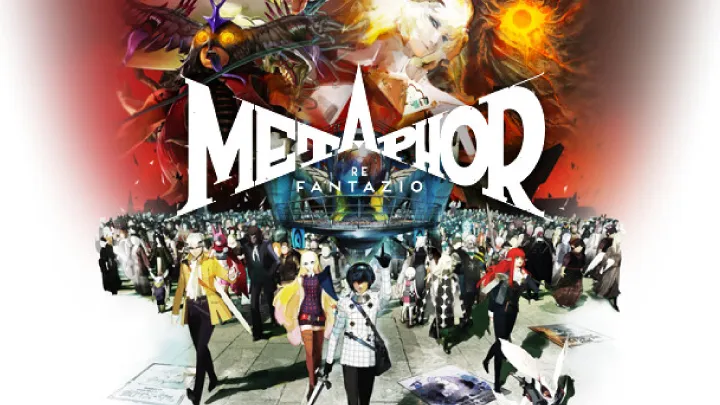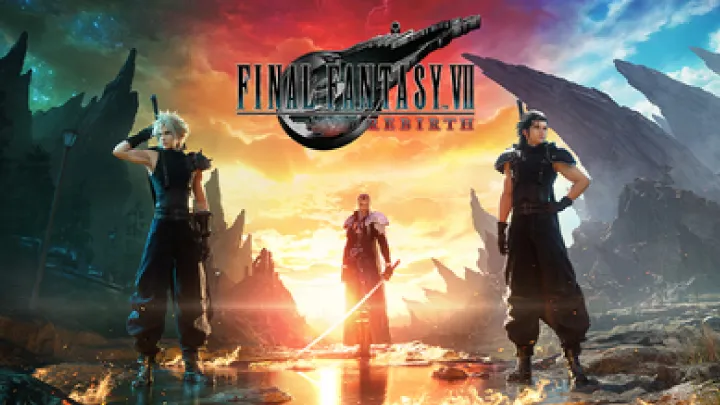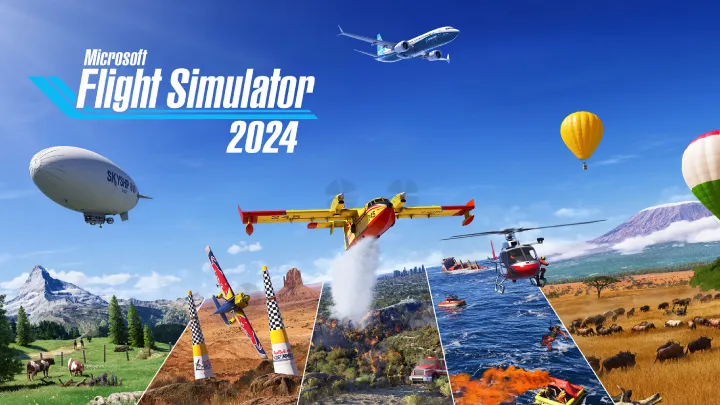1. Immersive Atmosphere and Visual / World Design
Where Winds Meet’s greatest strength lies in its world: sweeping landscapes, ancient architecture, varied environments from misty mountains to bustling towns all crafted to immerse the player in a wuxia fantasy. The sensation of traveling across valleys, climbing rooftop spires, gliding over forests, and traversing temples evokes a lyrical, cinematic journey that many open‑world games fail to achieve.
The environmental design, weather cycles, ambient sounds, and dynamic lighting work together to build atmosphere. When everything aligns sunset hues over mountain ridges, distant temple bells, leaves rustling in wind the world feels alive. The contrast between serene countryside and crowded, noisy cities adds depth: you sense both solitude and sociality, a balance central to a martial‑arts saga.
Moreover, character models and combat animations contribute heavily to the immersion. Movements during swordplay, stances, aerial flips, gliding, martial‑arts flourishes these animations deliver a sense of power and style, reinforcing the fantasy premise of being a wandering swordsman or wuxia hero.
2. Ambitious Combat System and Martial-Arts Mechanics
The combat of Where Winds Meet aims high: a mixture of melee, ranged weapons, martial‑arts stances, mobility, dodging, parrying, and weapon-based techniques. This complexity promises depth a system where timing, positioning, reflexes, and tactical choices matter. For players who enjoy mastering styles and experimenting with weapons or stances, the variety is a draw.
Weapon variety swords, polearms, ranged arms, dual‑wielding, and martial‑arts skills offers different playstyles: from agile blade‑dancing to heavy‑hit polearm swings, from ranged skirmishes to close‑quarters combat. Combined with environmental traversal (jumping, gliding, terrain interaction), combat isn’t limited to flat arenas fights can occur on rooftops, cliffsides, forest clearings, or narrow temple corridors, offering dynamic terrain-based encounters.
For a moment, you can feel the freedom: a roaming swordsman challenged by fate, testing blade against steel, wind over blade, in a world built on elegant danger.

3. Story & Lore Ambition Wuxia Narrative Potential
The narrative ambition is clear: imbue the world with mythic weight, moral choice, clan politics, loyalty, betrayal, mystical quests, and character-driven arcs rooted in wuxia tropes. NPCs, factions, hidden sects, legendary weapons, and cultural flavor aim to give players agency within a world where honor, reputation, and choice matter.
For players familiar with martial-arts epics, some storylines offer genuine emotional resonance: conflicting loyalties, paths of righteousness or vengeance, sect rivalry, master-apprentice bonds, and moral ambiguity. These themes give the game a soul beyond action a chance to write one’s own wuxia tale.
When done right, quests and encounters feel like chapters in a grand novel: from humble origins to rising through ranks, from exile to redemption, from wandering warrior to legendary champion. That promise the freedom to carve one’s own path is powerful.
4. Content Scope and Variety Quests, Exploration, and Player Choice
Where Winds Meet strives for breadth: open-world exploration, side quests, hidden secrets, treasure hunts, faction missions, crafting, character progression, and freedom of choice. Players aren’t railroaded many quests allow optional paths, moral decisions, stealth or diplomacy, or direct combat. This flexibility, if stable, can produce varied experiences based on playstyle.
The open-world design supports roaming: discovering hidden temples, climbing mountains, gliding across valleys, wandering forests, diving into caves or ruins. These features reward curiosity and exploration. For players who love to uncover secrets or immerse themselves in worldbuilding, this open sandbox of possibility is a major highlight.
Combined with character progression systems weapons upgrading, skill trees, faction reputation, crafting the game attempts to offer long-term engagement. For players who enjoy gradual growth and experimentation, there is a sense of potential for long journeys ahead.
5. Performance Issues and Technical Instability
Despite the beauty and ambition, many players encounter serious performance and technical problems frame rate drops, stutters, loading hitches, texture pop‑ins, and instability. Because the world is large and detailed, the engine sometimes struggles, especially during transitions (entering towns, large battles, gliding, or rapid movement).
These issues heavily affect immersion. A smooth glide over mountain tops can suddenly jerk; a serene forest stroll might spawn a texture pop‑in or frame freeze; cutscenes may stutter, animations may glitch, breaking the cinematic experience. Combat becomes especially vulnerable: when frame drops occur mid-fight, timing and responsiveness suffer, spoiling precisely those martial‑arts mechanics the game tries to deliver.
For many players, these flaws define the experience: the world seems beautiful on screenshots or trailers but in actual play, the instability undermines the sense of living in a coherent wuxia realm. Without performance stability, the promise of immersion becomes fragile.
6. Combat Balance, AI Issues, and Unpredictable Encounters
While the combat system aims for depth, its execution suffers from balance issues and erratic AI. Enemy behavior often feels inconsistent: some adversaries misjudge distance, fail to dodge, stack attacks unnaturally, or pathfind poorly especially in complex terrain or during aerial/gliding encounters.
Combat balance also can be uneven. Some weapons or martial‑arts styles feel overpowered compared to others. Certain enemy types, combined with glitchy behavior or terrain quirks, turn fights into frustrating slug‑fests or unfair melees rather than dramatic duels. For players seeking fair, skill‑based fights, this unpredictability kills confidence.
Moreover, the variability of enemy spawn, weapon drops, loot, and mission triggers sometimes leads to jarring difficulty spikes: a relaxed exploration can suddenly become a brutal fight with underpowered gear, or a mission may spawn enemies that overwhelm unprepared players. This inconsistent pacing weakens the sense of fair challenge.
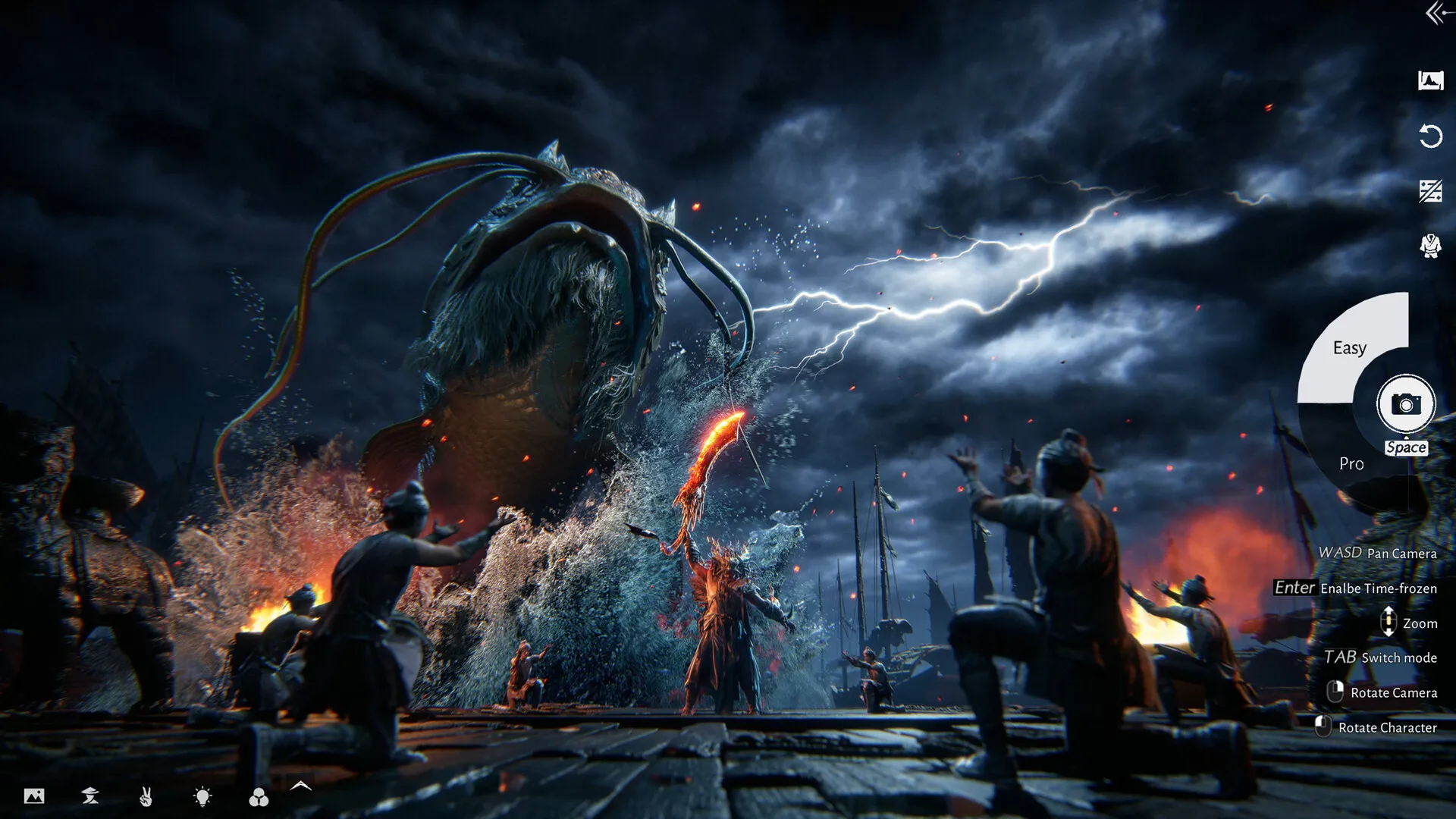
7. Quest & Story Bugs, Progression Hurdles, and Design Roughness
In a game with open-world design and non-linear structure, quest reliability and world stability are essential. Yet Where Winds Meet reportedly suffers from various quest bugs, trigger failures, missing NPCs, progression blockers, and inconsistent mission logs.
- Some quests fail to register, even after players complete prerequisites.
- Dialogue may not update, NPCs sometimes disappear or don’t follow scripts.
- Important plot events can misfire or skip, blocking advancement.
- Side-quests can overlap or contradict, causing confusion about player’s standing or story path.
For those hoping to experience the narrative weight and world lore, these problems aren’t minor inconveniences they break immersion. The sense of a living, reactive world gives way to frustration.
Additionally, progression systems (skill trees, weapon upgrades, crafting, reputation) sometimes feel unbalanced: early-game gear may feel weak, forcing slow grinding; late-game gear can swing combat difficulty drastically, making earlier experiences feel unstable.
8. Server Stability, Online Features, and Multiplayer/Community Problems
Because the game includes online or multiplayer features (or at least community / social interactions), server stability and network quality impact the experience. Players have reported lag spikes, desyncs, connectivity issues, and inconsistent online matchmaking or instancing, which can spoil group missions, co‑op elements, or player-versus-player (if any) fights.
When someone lags during a multiplayer sequence, synchronization fails enemies may rubber-band, physics can glitch, or players might experience unfair deaths or lost progress. That undermines trust in the game world and reduces player willingness to engage with social or multiplayer content.
Beyond technical issues, the community systems (clans, factions, multiplayer events) sometimes lack balance or incentive: rewards may be unclear, matchmaking uneven, or social features underdeveloped. Without stable infrastructure and fair balancing, community content becomes more burden than benefit.
9. Player Onboarding and Learning Curve Wuxia Hardship for Newcomers
Where Winds Meet leans into a “learn-by-doing” philosophy: exploration without markers, minimal hand‑holding, open-world freedom, discovery, and consequence-heavy progression. While appealing to veteran RPG fans, this design makes the game steep and unforgiving for newcomers.
Players report difficulties understanding combat timing, stamina and weapon mechanics, navigation (especially in vertical terrain), quest logic (due to lack of markers and buggy triggers), and overall game flow. Early mistakes can lead to early deaths, lost progress, or confusion discouraging players before they’ve had the chance to appreciate the game’s depth.
Moreover, due to performance issues and unpredictability, it’s easy for new players to misattribute difficulty to their own skill rather than to systemic flaws. That undermines retention and reduces the willingness to invest time.

10. The Promise vs. the Reality Can Where Winds Meet Fulfill Its Wuxia Dream?
Where Winds Meet remains a game of high potential. Its world building, art direction, combat ambition, and narrative aspiration give it a rare identity among modern RPGs. For players drawn to martial‑arts fantasy, exploration, and non‑linear storytelling it holds genuine attraction.
But the recurring technical flaws, design inconsistencies, combat imbalance, story/quest bugs, and steep learning curve create a barrier. They fragment the experience into uneven patches of brilliance and frustration. The question becomes: can the developers fix or refine these systems before the initial excitement fades?
If they can optimize performance, patch bugs, rebalance combat, smooth out progression, and stabilize online features Where Winds Meet could become a meaningful, immersive wuxia RPG. Otherwise, it risks falling into the category of ‘beautiful ideas, broken execution.’
Where Winds Meet is an ambitious attempt to revive the wuxia RPG genre: a shimmering world of swords, wind, stories, and freedom. Its strengths — in atmosphere, combat ambition, world design, and narrative potential — give it rare promise. Yet recurring technical issues, design flaws, quest instability, and steep learning curves undermine that promise.
For players willing to weather the rough edges, there are moments of genuine magic: gliding over mountain ridges, landing a perfect sword strike, sneaking into ancient temples, or watching a cinematic sunset over a distant city. But to make that magic lasting, the game needs structural polish — not just more content, but stability, balance, and refinement.
Where Winds Meet stands at a crossroads: with care and updates, it could become a standout in the genre; without them, it may fade into the list of “almost great” titles. The dream is there — whether it becomes reality depends on execution.









